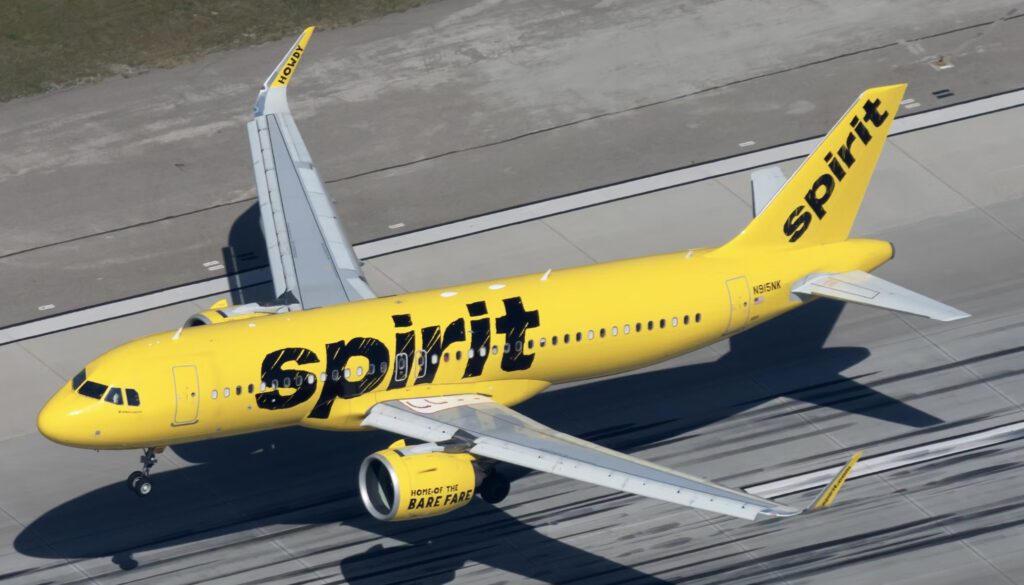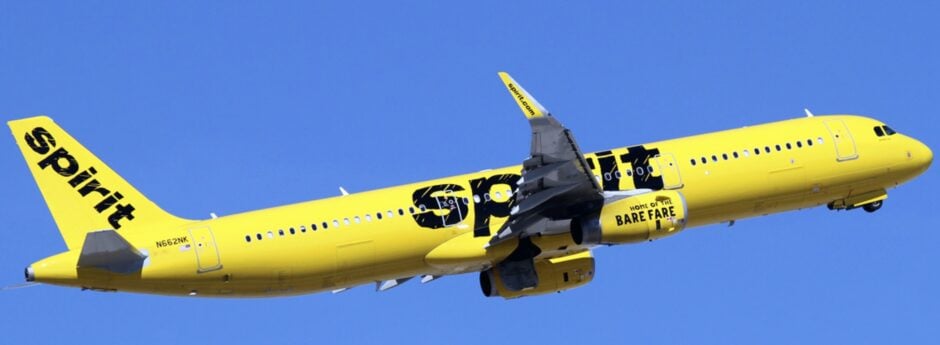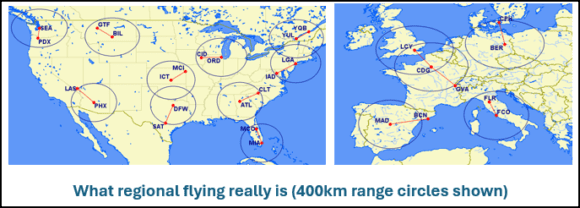
Spirit Airlines, which emerged from bankruptcy only five months ago, has issued a “going concern” warning in its latest shareholder report. If Spirit cannot raise cash quickly enough to satisfy creditors, it may not survive the next 12 months. “Management has concluded there is substantial doubt as to the Company’s ability to continue as a going concern within 12 months from the date these financial statements are issued,“ said Spirit.
While Spirit was able to cut costs and had planned to be profitable post-bankruptcy, the carrier may need to sell of spare engines or its gates at various airports to raise cash to satisfy concerns of its credit card processor, as their projections now appear optimistic.
Economic Uncertainty and Capacity Adjustments
Spirit and other LCCs, including Frontier, are struggling after the initial announcement of tariffs curtailed demand in February. Since that time, travel demand has returned for business and premium leisure customers in the second quarter. But traffic remained weak at the low end of the market as customers postponed travel given uncertainty over the economy, jobs, and inflation. Several low cost and ultra low cost carriers removed full year guidance from their reporting, while the legacy network carrier recorded positive second quarter results.
The split between legacy and low cost carriers reflects consumer preferences and economic power during an industry downturn. If the major carriers, Delta, United, or American, suddenly find weaker demand, they can adjust prices downward. Given their preference with consumers at the same price points, carriers like Spirit need to reduce their prices, often below break-even.
The legacy carriers, who attract both business and premium leisure travel have a better mix of customers that Spirit and other LCCs cannot match, even with their own versions of premium seating. Without the higher revenues that the legacy carriers generate, LCCs, which normally run on thin margins, find it difficult to break even. While the industry has addressed overcapacity in general, certain leisure markets, including Orlando and Las Vegas, continue to see low fares and RASM below CASM for low cost carriers.
For carriers like Spirit that focus on key leisure markets, their lack of route and product differentiation hurts their efforts at profitability. Most of the LCCs are projecting flat to lower earnings for the remainder of the year, reflecting the economic weakness resulting from uncertainty over economic conditions.
The Bottom Line
With an undifferentiated product offering, capacity challenges for popular leisure markets, and competitors that could negatively impact Spirit’s ability to be profitable, our conclusion is that the outlook does not look good. It takes a long time for an airline to die, but in the case of Spirit, many of the elements are in place. Service levels have made Spirit the butt of late night show jokes, competitors have higher preferences, and if they match fares, customers will disappear.
There are two ways for the industry to reduce capacity – either voluntarily reduce flying or to make your competitors reduce flying. While nobody is purposely trying to kill Spirit, the competition is fighting for every seat they can sell to maximize revenues. The basic fares of the legacy carriers, when prices are comparable or identical to Spirit, draw the traffic away and leave the LCCs gasping for air.
Looking at the industry landscape and outlook, it appears that both Spirit and Frontier are headed for difficulties. Had they merged several years ago, as planned before JetBlue intervened, they may have generated critical mass to remain viable. But today, neither appears headed for success standing alone.
Views: 114





